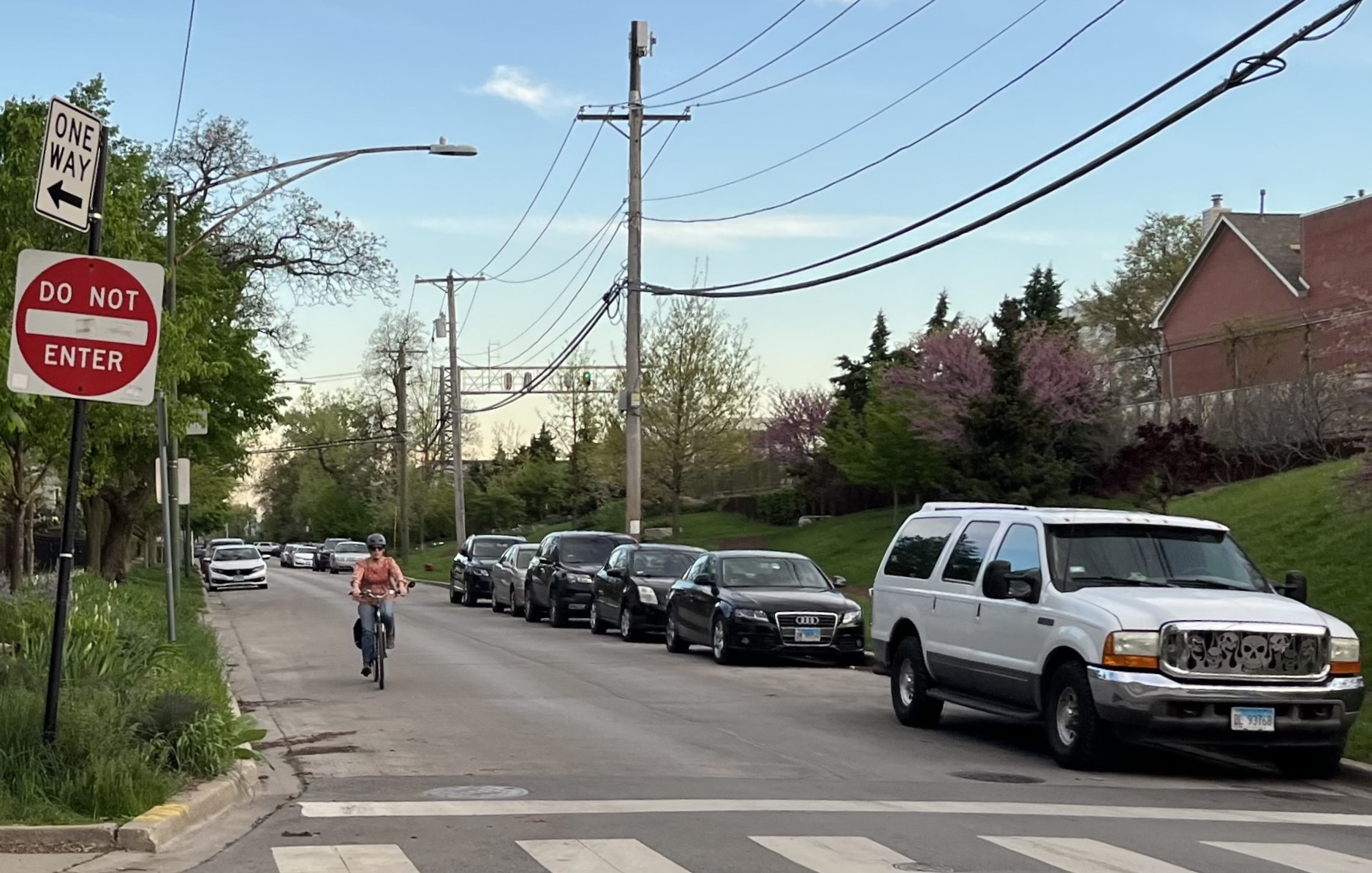Another person was pushed onto ‘L’ tracks. It’s time for CTA to pilot platform barriers.
6:46 PM CDT on April 6, 2022
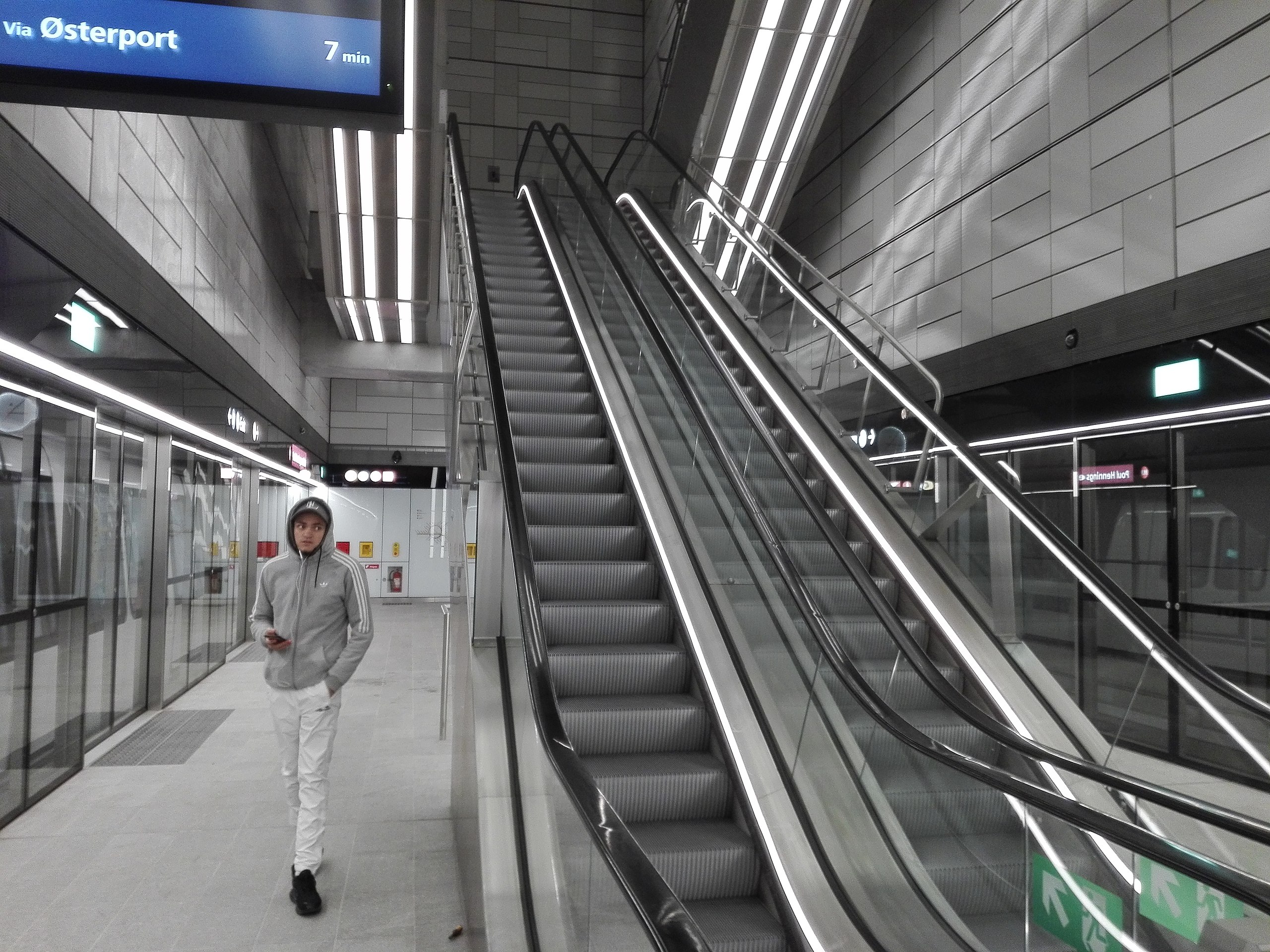
Platform screen doors on the Copenhagen Metro. Photo: Wikipedia
During the COVID-19 the existing problem of violence against CTA workers has gotten worse, with a series of recent assaults on CTA bus and train operators, customer assistants, and cleaning personnel. But Monday's terrifying incident in which a Red Line driver was lured off a train and shoved onto the tracks was beyond the pale.
According to police, on Monday, April 4, at 8:40 p.m., a male CTA train operator had stopped at the Granville station in Edgewater and was about to continue south when a woman asked for his help retrieving a cell phone from the tracks. After the driver exited the train and turned to look at the tracks, someone shoved him from behind off the platform.
Luckily, the victim didn't touch the electrified third rail, but he was hospitalized in fair condition with soreness throughout his body and released that evening, police said. As of this afternoon, no one was in custody.
"We are working closely with the Chicago Police Department to identify the individuals responsible for this unwarranted attack, and make sure they face the stiffest penalties possible," CTA president Dorval Carter, Jr. said in a statement.
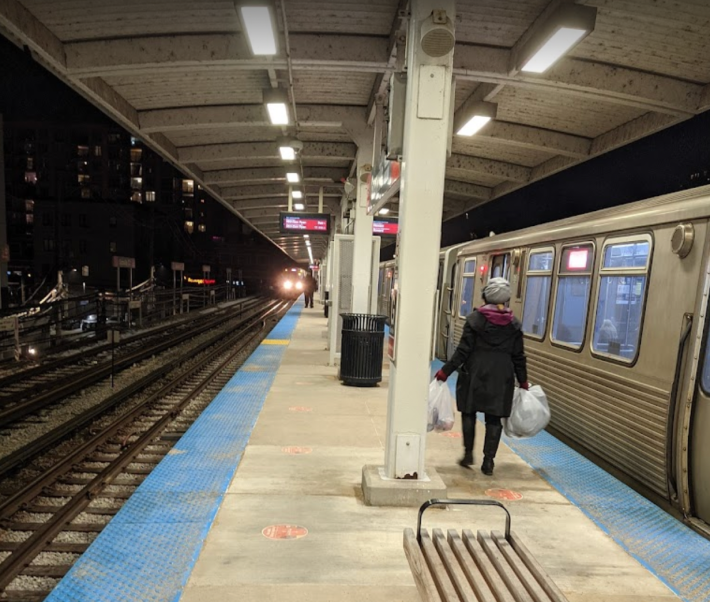
This was only the latest incident of a person failing onto 'L' tracks that might have been prevented through the installation of protective platform barriers. These are strategies, such as railings or moving screen doors, deployed on systems around the world to block people from going on the tracks, whether accidentally or intentionally, that can help save lives and reduce service delays. Here are some other examples of people being intentionally pushed onto the tracks in recent years:
- In August 2017 a man shoved a stranger onto the tracks at the Washington Blue Line station. The victim was able to escape without injury.
- In April 2020 ex-Marine Mamadou Balde, 29, was reportedly walking away from a confrontation with three men at the Jackson Red Line stop when one of them pushed him off the platform into a moving train, killing him.
- In October 2021 a man who reportedly had mental health issues allegedly attacked a senior who was in town for the marathon, repeatedly punching her until she fell onto the Cermak Green Line station tracks. She survived, but with serious injuries.
Platform barriers would also help prevent CTA suicides, a fairly common occurrence. In 2016, for example, there were eight documented suicides on the 'L'. The following year I wrote about the 2015 death of Matthew Cepela, 24, who had been undergoing treatment for clinical depression at a suburban hospital when he fled the facility, drove to the Austin Avenue Blue Line station, and jumped in front of a train, killing himself.
Chicago has also seen several cases of people being killed accidentally after going onto 'L' tracks. A few recent incidents:
- In June 2017, a 19-year-old man on a bike died at the Red Line’s Sox-35th station after he fell onto the tracks and was struck and killed by a train.
- In June 2019 Felon Smith, 37, dropped her phone at the 69th Street Red Line station. After she went down onto the tracks to retrieve the device, she was fatally struck by a train.
- In July 2019 bike courier German Catalan-Cortez was reportedly biking on the Blue Line's IMD station platform when he fell onto the third rail and was killed by the electrical current.
In addition to the incalculable human toll of these tragedies, CTA deaths are a major economic issue. In 2017 DePaul University transportation expert Joe Schwieterman told me he calculated that that a one-hour delay during the morning rush hour that impacts 36 trains with an average of 520 passengers per train, for a total of 18,720 commuters, results in $409,000 in lost time, or $473,400 in today's dollars.
And these kinds of expensive delays are also caused by less serious incidents. It seems to be increasingly common for trains to be halted by unauthorized people on the tracks, perhaps trying to avoid paying a fare by entering the system at a non-station access point. The last two times I took the Blue Line to O'Hare Airport, trains were delayed for this reason. In one case I almost missed my flight due to the holdup.
Platform barriers could also help discourage people from throwing garbage on the tracks, preventing fires that delay service. And the barriers would also reduce the need for train operators to slow down so much as they approach stations.
Platform screen doors are fairly common in newer subway and bus rapid transit systems in Europe, Asia, and Latin America. While they're rarer in the United States, they do exist on American airport transit systems, such as the O'Hare people mover.

So with all these benefits, why aren't platform barriers more of a thing in the U.S.? Cost and technical challenges are the main obstacles. In 2017 former Metropolitan Planning Council staffer Yonah Freemark noted in his blog the Transport Politic that the price tag for platform screen doors can range from $2 to $10 million per platform.
And a 2019 study commissioned by New York City's MTA found that only 128 of that city's 472 stations had the physical geometry necessary to accommodate platform screens, and it estimated the cost would be $7 billion.
But the issue took on new urgency in NYC after the January 2022 murder of Michelle Go, who was allegedly pushed onto the Times Square station tracks by an unhoused man who had been previously diagnosed with schizophrenia. In the wake of that tragedy, the MTA is planning to pilot protective platform doors at three subway stations by 2024, at an estimated cost of $100 million.
But Chicago shouldn't wait until there's another deadly incident on the 'L' before we take action to prevent unnecessary loss of life, trauma, and train delays. At a press conference last month about Mayor Lori Lightfoot's plan to spend $71 million on adding more unarmed security guards to the CTA, I asked whether the city has considered installing platform screen doors as a safety measure.
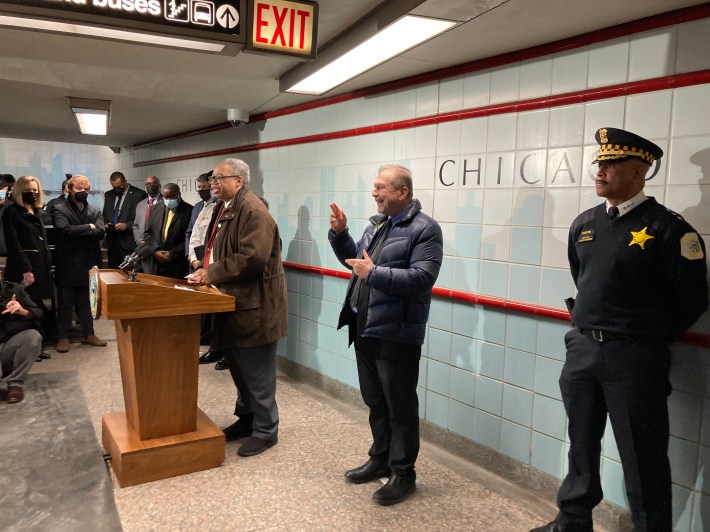
"We're always looking for ways to make sure that the system is safer," Lightfoot responded. "[We're] watching with great interest what the folks in New York are doing."
Dorval Carter, Jr. elaborated, "The short answer is yes, we are looking at that same situation. One of the things that we recognize over time is that technology to deal with this kind of a problem is ever-evolving. We face the same challenge that New York faces, in that our system itself is very old, and retrofitting it to put in barriers is actually a prohibitive expense. But I recognize that there are new technologies now that may not be as expensive that we are looking at and determining whether or not they might be a good fit for something we might want to do right here at CTA."
The CTA did not immediately reply to a question about which new approaches Carter was referring to. This post will be updated if the agency provides this info.
Active Transportation Alliance spokesperson Kyle Whitehead declined to comment on the subject, citing the need to for the advocacy organization to discuss the issue internally and with partner organizations before taking a position.
Metropolitan Planning Council transportation director Audrey Wennink said the think tank would support piloting platform screens in Chicago.
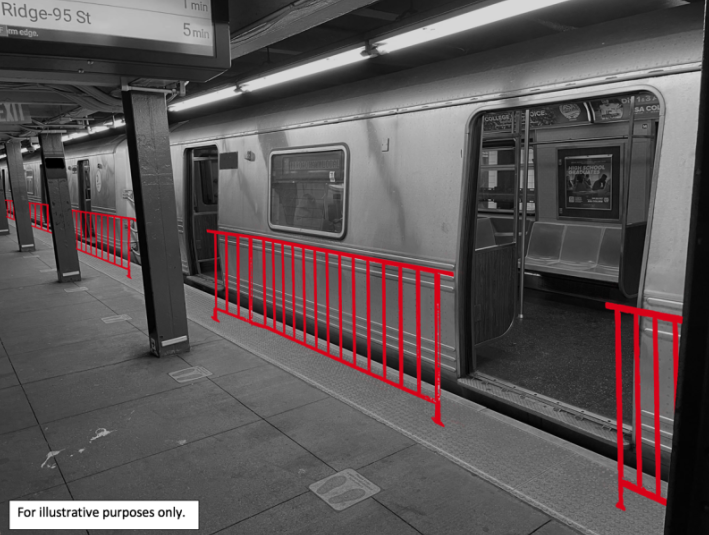
Platform railings might be a relatively quick and cheap alternative to screen doors for improving safety on the 'L'. In a February Streetsblog NYC op-ed, construction professional Charles Gans said he calculated that it would cost only $13 million to add railing protection to 10 busy MTA stations. While that might not be quite as effective or elegant an approach as platform screens, it's a strategy that could help save lives within months, rather than years.
Whatever approach the CTA takes, the agency should start tackling the platform safety issue immediately, perhaps starting by installing railings at the Jackson Red Line station, a hot spot for for violent crime where Mamadou Balde was fatally pushed onto the tracks. At the very least the agency should begin adding platform barriers whenever stations are built or reconstructed. CTA workers and riders shouldn't have to worry that the next time they encounter a person with criminal intent or mental health issues in a station, they might wind up being pushed onto the third rail, or in the path of an oncoming train.
In addition to editing Streetsblog Chicago, John writes about transportation and other topics for additional local publications. A Chicagoan since 1989, he enjoys exploring the city on foot, bike, bus, and 'L' train.
Stay in touch
Sign up for our free newsletter
More from Streetsblog Chicago
Which Metra corridor would become more bike-friendly and greener under a new plan? Ravenswood!
Thanks to plans to convert little-used parking spaces, the avenue is slated to get a new bike lane, and the Winnslie Parkway path and garden will be extended south.
They can drive 25: At committee meeting residents, panelist support lowering Chicago’s default speed limit
While there's no ordinance yet, the next steps are to draft one, take a committee vote and, if it passes, put it before the full City Council.

